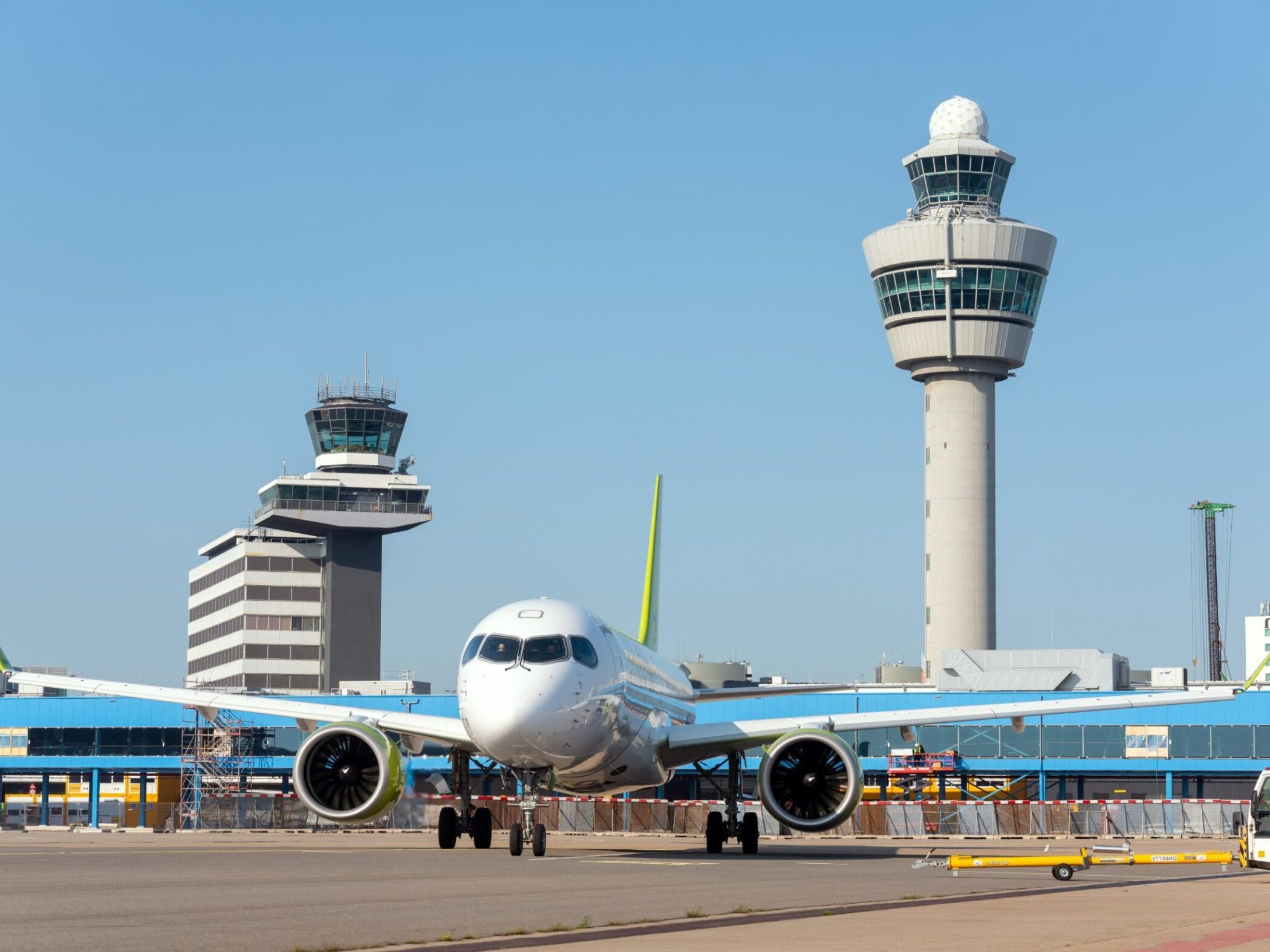
Air Navigation Services (ANS) are crucial for ensuring safe and efficient air travel. But what exactly do they entail? ANS include a range of services like air traffic control, communication, navigation, and surveillance. These services help pilots navigate the skies, avoid collisions, and land safely. Air traffic controllers play a vital role in managing the flow of aircraft, providing instructions, and monitoring radar screens. Communication systems ensure pilots and controllers stay in constant contact. Navigation aids like GPS and beacons guide aircraft along their routes. Surveillance systems track aircraft positions to maintain safe distances. Understanding these services can make your next flight feel a bit more secure.
Key Takeaways:
- Air navigation services, including air traffic control, communication, navigation, and surveillance, ensure safe aircraft movement. Advanced technology and rigorous training contribute to their efficiency and safety measures.
- The future of air navigation services looks promising with advancements like NextGen and remote towers. These innovations aim to enhance safety, efficiency, and sustainability in air travel.
What Are Air Navigation Services?
Air navigation services (ANS) ensure safe and efficient movement of aircraft. They include air traffic control, communication, navigation, and surveillance. Let's uncover some fascinating facts about these essential services.
-
Air Traffic Control (ATC): ATC manages aircraft from takeoff to landing. Controllers use radar and communication systems to guide pilots, ensuring safe distances between planes.
-
Communication Systems: Pilots and controllers communicate using VHF radio frequencies. Clear communication prevents misunderstandings and enhances safety.
-
Navigation Aids: VOR (VHF Omnidirectional Range) and NDB (Non-Directional Beacon) help pilots determine their position and course. These aids are crucial for navigation, especially in poor visibility.
-
Surveillance Systems: Radar and ADS-B (Automatic Dependent Surveillance-Broadcast) track aircraft positions. ADS-B provides real-time data, improving situational awareness.
The Role of Technology in Air Navigation
Technology plays a vital role in modern air navigation. Advanced systems and tools enhance safety, efficiency, and reliability.
-
GPS Navigation: GPS provides accurate positioning information. It allows for precise navigation, reducing the risk of errors.
-
Digital Data Links: Data links enable digital communication between pilots and controllers. This reduces radio congestion and improves information exchange.
-
Flight Management Systems (FMS): FMS automate flight planning and navigation. They optimize routes, saving fuel and time.
-
Weather Radar: Weather radar detects storms and turbulence. Pilots use this information to avoid hazardous weather conditions.
Safety Measures in Air Navigation
Safety is the top priority in air navigation. Various measures and protocols ensure the protection of passengers and crew.
-
Collision Avoidance Systems: TCAS (Traffic Collision Avoidance System) alerts pilots to potential collisions. It provides resolution advisories to avoid accidents.
-
Runway Safety: Runway incursions are a significant risk. Safety measures include clear signage, lighting, and ground radar systems.
-
Emergency Procedures: Controllers and pilots follow strict protocols during emergencies. These procedures ensure quick and effective responses.
Training and Qualifications for Air Navigation Personnel
Highly trained professionals operate air navigation services. Their expertise and skills are crucial for maintaining safety and efficiency.
-
Air Traffic Controller Training: Controllers undergo rigorous training, including simulations and on-the-job experience. They must pass exams and maintain certifications.
-
Pilot Navigation Training: Pilots receive extensive training in navigation and communication. They practice using navigation aids and following ATC instructions.
-
Continuous Education: Both pilots and controllers engage in ongoing education. They stay updated on new technologies, procedures, and regulations.
The Future of Air Navigation Services
The future of air navigation looks promising with advancements in technology and innovation. These developments aim to enhance safety, efficiency, and sustainability.
-
NextGen: The FAA's NextGen program modernizes the U.S. air traffic system. It includes satellite-based navigation, digital communication, and improved weather forecasting.
-
Remote Towers: Remote towers use cameras and sensors to provide air traffic control services. They offer a cost-effective solution for smaller airports.
The Final Word on Air Navigation Services
Air navigation services are the backbone of safe and efficient air travel. From air traffic control to weather monitoring, these services ensure planes fly smoothly and safely. Air traffic controllers work tirelessly to manage the skies, guiding pilots through takeoff, flight, and landing. Navigation aids like beacons and GPS systems help pilots stay on course, even in poor visibility. Weather services provide crucial updates, helping pilots avoid dangerous conditions. Communication systems keep everyone connected, ensuring clear and timely information exchange. These services are vital for maintaining the safety and efficiency of air travel. Next time you board a plane, remember the complex network of services working behind the scenes to get you to your destination safely. Understanding these facts can give you a greater appreciation for the intricate world of air navigation.
Frequently Asked Questions
Was this page helpful?
Our commitment to delivering trustworthy and engaging content is at the heart of what we do. Each fact on our site is contributed by real users like you, bringing a wealth of diverse insights and information. To ensure the highest standards of accuracy and reliability, our dedicated editors meticulously review each submission. This process guarantees that the facts we share are not only fascinating but also credible. Trust in our commitment to quality and authenticity as you explore and learn with us.


